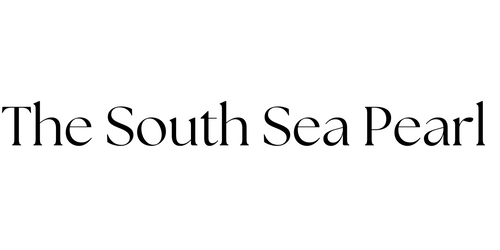Tahitian pearls, particularly the coveted black Tahitian pearls, are known for their luxurious beauty and striking colors. But with beauty comes intrigue, and many myths have circulated around these gems. In this article, we will delve into the realities of black Tahitian pearls, dispelling common myths while educating you on their origins, properties, and value in the jewelry market.
The South Sea Pearl Blog
-
July 31, 2025
-
July 30, 2025
Tahitian Pearls as Gifts: A Gem from the Heart
As the holidays and special occasions approach, choosing the perfect gift becomes a delightful quest. If you're looking for something that signifies elegance and beauty, consider the exquisite charm of Tahitian pearls. Known for their breathtaking colors and luster, Tahiti pearls carry stories of the ocean and are perfect gifts for loved ones. In this guide, we will explore everything you need to know about selecting Tahitian pearls as gifts, ensuring that your gesture is memorably heartfelt.
-
July 29, 2025
Celebrity Influences: Tahitian Pearls in the Spotlight
In the world of fashion, celebrity influence reigns supreme. When it comes to timeless elegance, nothing has captured the hearts of fashionistas more than the stunning tahiti black pearl. With celebrities donning these exquisite gems, the spotlight is shining brightly on Tahitian pearls. In this blog post, we will explore the allure of tahiti black pearls, their unique characteristics, and how they have become a favorite among the elite in the fashion world.
-
July 28, 2025
The Environmental Impact of Tahitian Pearl Farming
When discussing luxury jewelry, black Tahitian pearls often take center stage. Their captivating beauty and unique characteristics make them a favorite among jewelers and consumers alike. However, as we admire these stunning gems, it’s crucial to consider the environmental impact of Tahitian pearl farming. This in-depth exploration will uncover both the benefits and challenges of pearl farming, allowing you to enjoy your black Tahitian pearls with a more conscious mindset.




